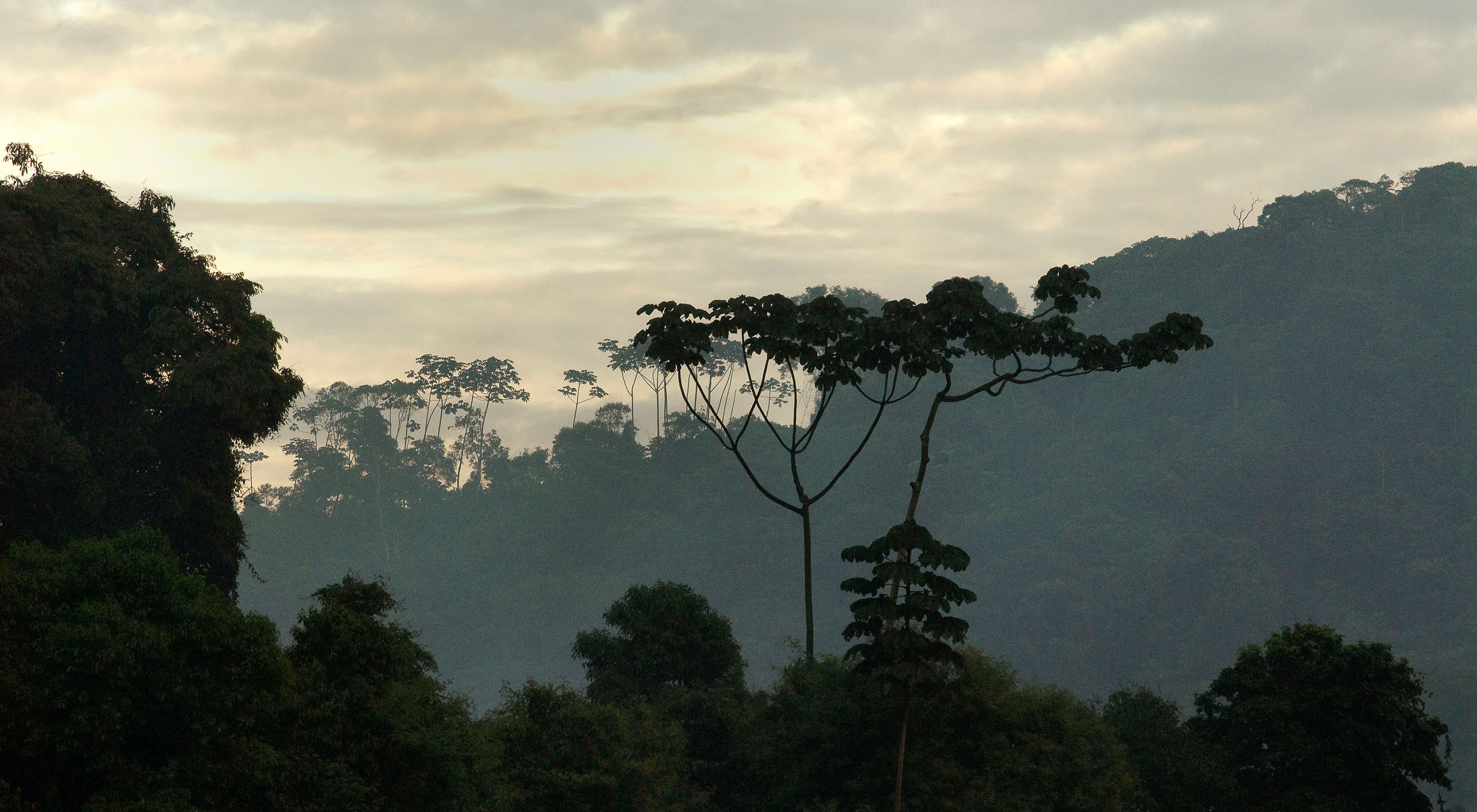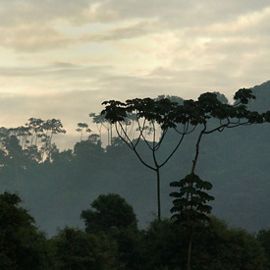Description
Five hundred years ago, the Atlantic Forest of Brazil covered approximately 330 million acres (about twice the size of Texas), but today more than 85% of this forest has been cleared and what remains is highly fragmented.
Despite its diminished state, the Atlantic Forest still ranks as a global conservation priority. Although it is just a small fraction of the size of the great Amazon rainforest, the Atlantic Forest still harbors a range of biological diversity similar to that of the Amazon.
Brazil’s eastern seaboard has always been the main locus of its population and industry. Today it accounts for 70% of Brazil’s population, including mega-cities like Rio de Janeiro and Sao Paulo, and about 80% of its gross domestic product. The Atlantic Forest has thus endured the brunt of Brazil’s population growth and development ever since Europeans first landed in Brazil in 1500. At present, less than 2% of the whole biome is under protected status.
Location: The Atlantic Forest domain stretches from the northeastern to the southern regions of Brazil and northern Argentina and southeastern Paraguay. In the northeastern part of Brazil it occupies a thin coastal strip not exceeding 40 miles in width, while in the south it extends from the coast to as far as 200 miles inland.
Major Habitat Type: Moist tropical forest
Animals: The Atlantic Forest harbors around 2,200 species of birds, mammals, reptiles and amphibians—5% of the vertebrates on Earth. This includes nearly 200 bird species found nowhere else, and 60% of all of Brazil’s threatened animal species call this forest home.
Brazil as a whole is the world’s leader in primate diversity, with 77 species and subspecies identified to date. Of these, 26 are found in the Atlantic forest, of which 21 are found nowhere else in the world.
Some of the Atlantic Forest’s most charismatic species include the golden lion tamarin, wooly spider monkey, red-tailed parrot, and maned three-toed sloth.
Plants: The Atlantic Forest of Brazil is also home to around 20,000 species of plants, representing 8% of the Earth’s plants. In fact, in the 1990s researchers from the New York Botanical Garden counted 458 tree species in 2.5 acres—more than double the number of tree species in the entire U.S. eastern seaboard. New species of flora and fauna continue to be discovered.
The forest structure of the Atlantic Forest contains multiple canopies that support an extremely rich vegetation mix. This includes an astonishing diversity of ferns, mosses and epiphytes (“air plants” or plants that attach to other plants), including lianas, orchids and bromeliads.
Why the Conservancy Works Here
The remaining 12% of the Atlantic Forest is still among the biologically richest and most diverse forests in the world and exhibits a high number of species that can be found nowhere else on Earth.
The most acute risk to the survival of the Atlantic Forest’s biodiversity is the very fragmented state of forest remnants and their ecological isolation from one another.
The primary continuing threats to these fragments include:
- Illegal logging and extractive activities of valuable timber species
- Land conversion to pasture, agriculture, and forest plantations
- Expansion of urban areas and suburban development
These stresses not only threaten the Atlantic Forest’s biological diversity, but they are also threats to the Atlantic Forest’s poorer traditional rural communities whose livelihoods are directly linked to the conservation and sustainable use of natural resources.
What the Conservancy Is Doing
The Nature Conservancy, which has been working in the Atlantic Forest since 1991 with a wide range of partners, has an ambitious plan to protect and restore 30 million acres of this magnificent forest by 2015.
Rebuilding the Atlantic Forest means stitching together a mosaic of land in various stages of development and in different uses. The concept that underlies this effort is the development of “forest corridors.” From a biodiversity perspective, these corridors, which are contiguous swaths of land covering thousands to millions of acres, are critical to conservation because they assure genetic exchange between populations. This allows for the survival of the greatest possible spectrum of species.
In order to build forest corridors it is necessary to first identify key areas for biodiversity conservation, then re-establish connection among isolated forest patches through creating public and private protected areas and restoring deforested zones.
Yet, to develop viable Atlantic Forest corridors, the needs of people living in the region cannot be ignored. Development of economic alternatives that are compatible with forest protection is imperative.
In order to create these enormous forest corridors, the Conservancy’s Atlantic Forest Conservation Program is implementing strategies that fall into tightly integrated strategies:
- The creation and effective conservation of public protected areas
- The creation of private reserves
- The restoration of degraded forests
- The implementation and creation of water funds

